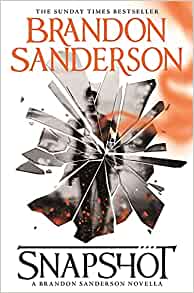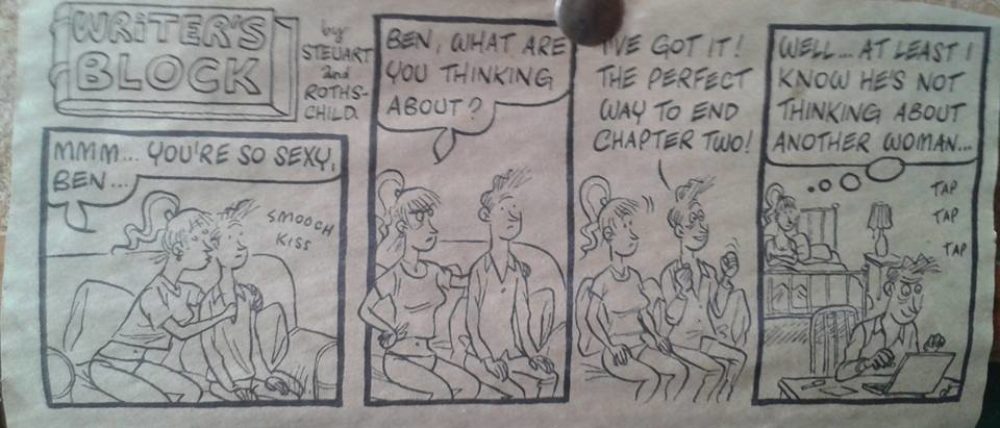 Snapshot, by Brandon Sanderson (Gollancz, 2018)
Snapshot, by Brandon Sanderson (Gollancz, 2018)
Snapshot is indeed a snapshot – a brief, novella-length detective story that introduces its own little universe, conveys the rules and the plot, and then ends abruptly with a satisfying click an hour or so reading’s later.
The snapshot is a perfect and exact recreation of a particular city for a given 24-hour period, more than a holodeck and less than the Matrix. Real-world cops go into the simulation and gather evidence to convict the perpetrators of a crime that has already occurred. It all passes in real time, so if the crime happened at 8pm, then the cops must still go in at the start of the snapshot and hang around until then. But they are effectively time travellers who, just by existing, cause knock-on waves of cause and effect that did not previously happen. So, they must stay low – not because of any lasting effect on a continuum that will cease to exist in a few hours, but because they might do something to cause the crime to happen in a different way, or even prevent it altogether, in which case the evidence they gather in the snapshot will be inadmissible in the real world.
This isn’t the first or the last sf title to explore the notion of recreated reality. Sanderson knows his audience will have seen Blade Runner and The Matrix, not to mention Groundhog Day, and so the moment we know we’re in the realm of duplicated reality, the obvious questions will start arising. Who is fake and who is real? At what level does the illusion stop? How far down do the turtles go?
He knows you know, so he has two tasks. The first is to present the world of the snapshot, with all its rules and limitations, and answer questions arising like: if people already have the ability to create a snapshot, don’t they have easier ways of solving, or preventing, crimes in the first place? Why is the city so resolutely here-and-now and not showing any obvious signs of belonging to a society with this kind of technology?
The other is to present the case itself. By rising to the first task, he sends our heroes into a limited and defined environment with no chance to do something clever and hand-wavy to make everything resolve itself. These detectives detect, using nothing more than their own brains and the clues available to solve the case.
The two tasks come together because while the detection methods are resolutely real-world, we soon learn that the crime itself is one that could only happen in a world that has the snapshot in it. Meanwhile the detectives are learning to use the snapshot to their own ends. One can indulge his occasional taste for consequence-free violence (another Groundhog Day hint); the other can sneak repeated visits to his estranged son, which satisfies his own emotional needs, even though he knows out in the real world his son is waiting month after month for a visit that never happens.
There is one brief moment where the illusion wobbles with just a little too much emphasis on a background character, like those moments in a TV drama where the camera lingers a bit too long on an apparently unimportant actor and you know they’re going to have something to do with the outcome. Then the apparent case – the surprise discovery of a serial killer, and his tracking down, and the prevention of his next kill and his capture – is suddenly all done, and there’s still some pages to go, so the story can’t be all over. But there aren’t that many pages left over, and what happens, happens quickly. These are just blips in a denouement that comes out of the blue, the logical conclusion to a trail of clues hidden away in plain sight, like any good detective story.
